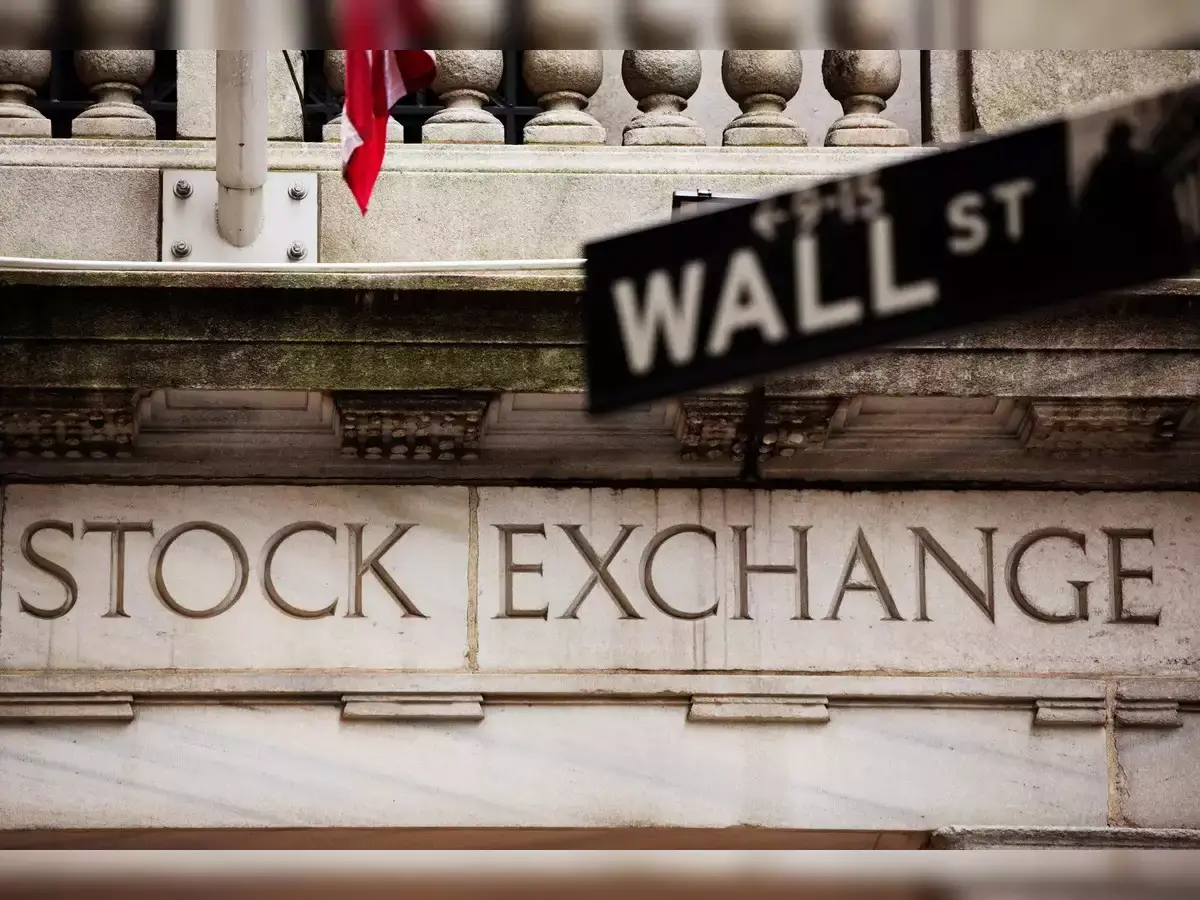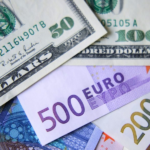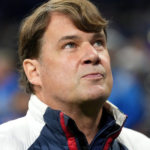Doubts are emerging among stock skeptics regarding the widely touted theory that approximately $6 trillion in money-market cash is poised to flow into global equity assets. While some investors are optimistic about a surge in stock prices as this substantial cash reserve is redeployed, skeptics caution against overly optimistic framings of the situation.
Deborah Cunningham of Federated Hermes is among those expressing skepticism. She estimates that over 80% of the nearly $1 trillion influx into money-market funds since the financial system’s turmoil in March is primarily driven by depositors shifting funds from banks rather than individuals seeking entry points into equities and credit. In a late-December interview on Bloomberg Television, Cunningham emphasized the stickiness of these funds, which are likely to remain in the deposit market.

This skeptical view challenges the bullish narrative that the recent rapid stock market rally will be further fueled by the massive cash reserves sitting on the sidelines. Barclays strategist Emmanuel Cau and UBS Asset Management have both presented cases suggesting that the record $5.9 trillion in money-market funds could boost market performance once central banks start cutting rates.
However, critics argue that the source of the cash influx matters. Despite the S&P 500 reaching all-time highs, money-market funds continue to attract fresh capital. Matt Maley, Chief Market Strategist at Miller Tabak + Co., points out that much of the cash is coming from banking accounts and is earmarked for regular expenses, making it less likely to move into the stock market.
David Bailin, Citi Global Wealth Chief Investment Officer, suggests there’s no need to wait and recommends migrating out of money-market funds into “core 60/40 portfolios.” Yet, even with growing confidence in a Federal Reserve rate cut, money-market funds remain competitive as deposits continue to shift from banks.
Federated Hermes’s Cunningham anticipates that money-market funds will remain competitive, even with potential rate cuts by the Fed. She believes the normalization process won’t bring interest rates back to zero but rather to a range between 3% and 4%, keeping retail investors engaged and their deposits away from banks. This, she argues, will result in sticky risk-free cash on the sidelines.
David Sowerby of Ancora Advisors acknowledges the attractiveness of money-market funds in a high-interest-rate environment but suggests that a resurgent equity market will eventually divert funds back into opportunities in the US equity market.
In summary, while the optimistic scenario of a substantial cash infusion into the stock market exists, skeptics highlight the complexities and challenges that may limit the actual deployment of these funds into riskier assets.








